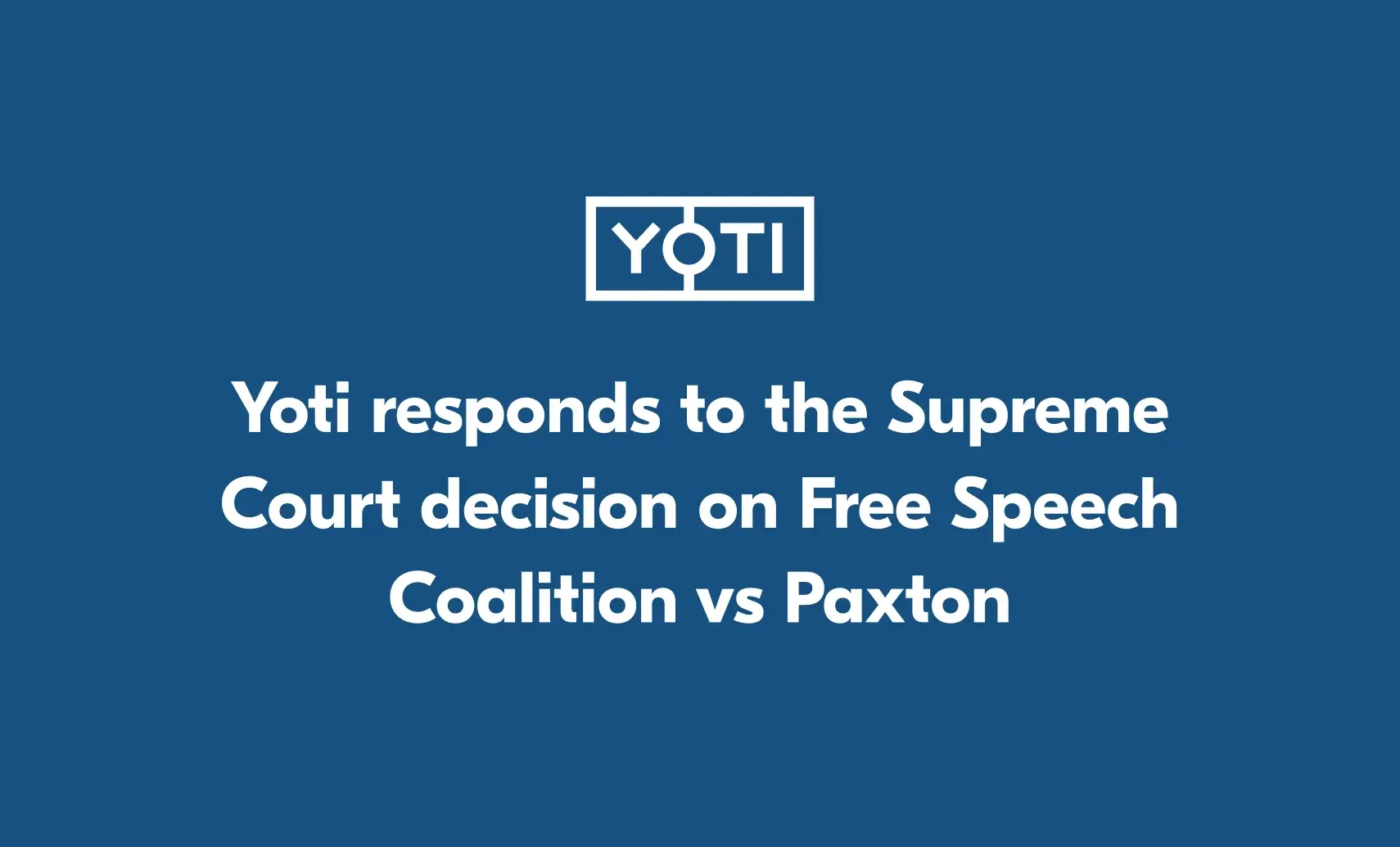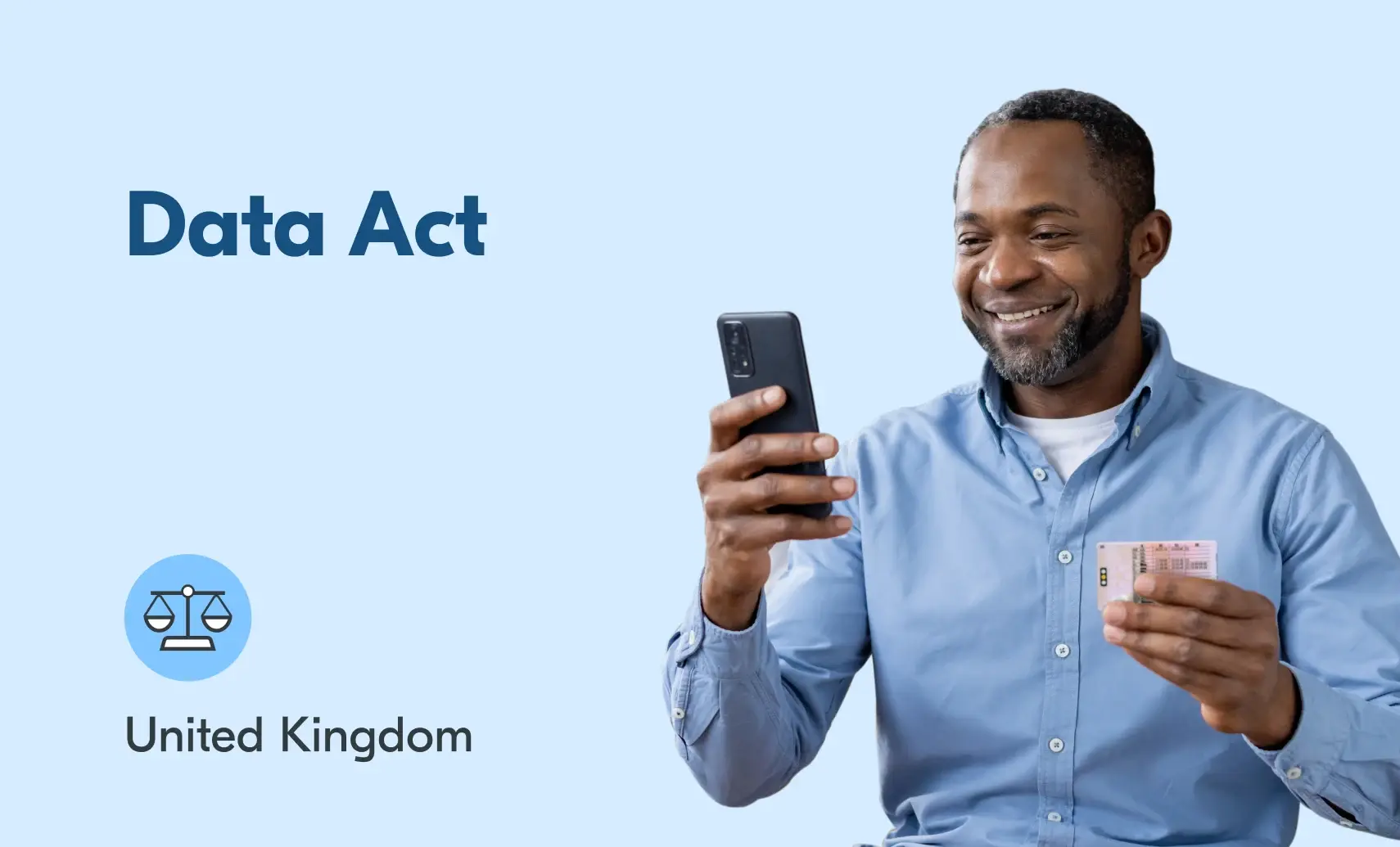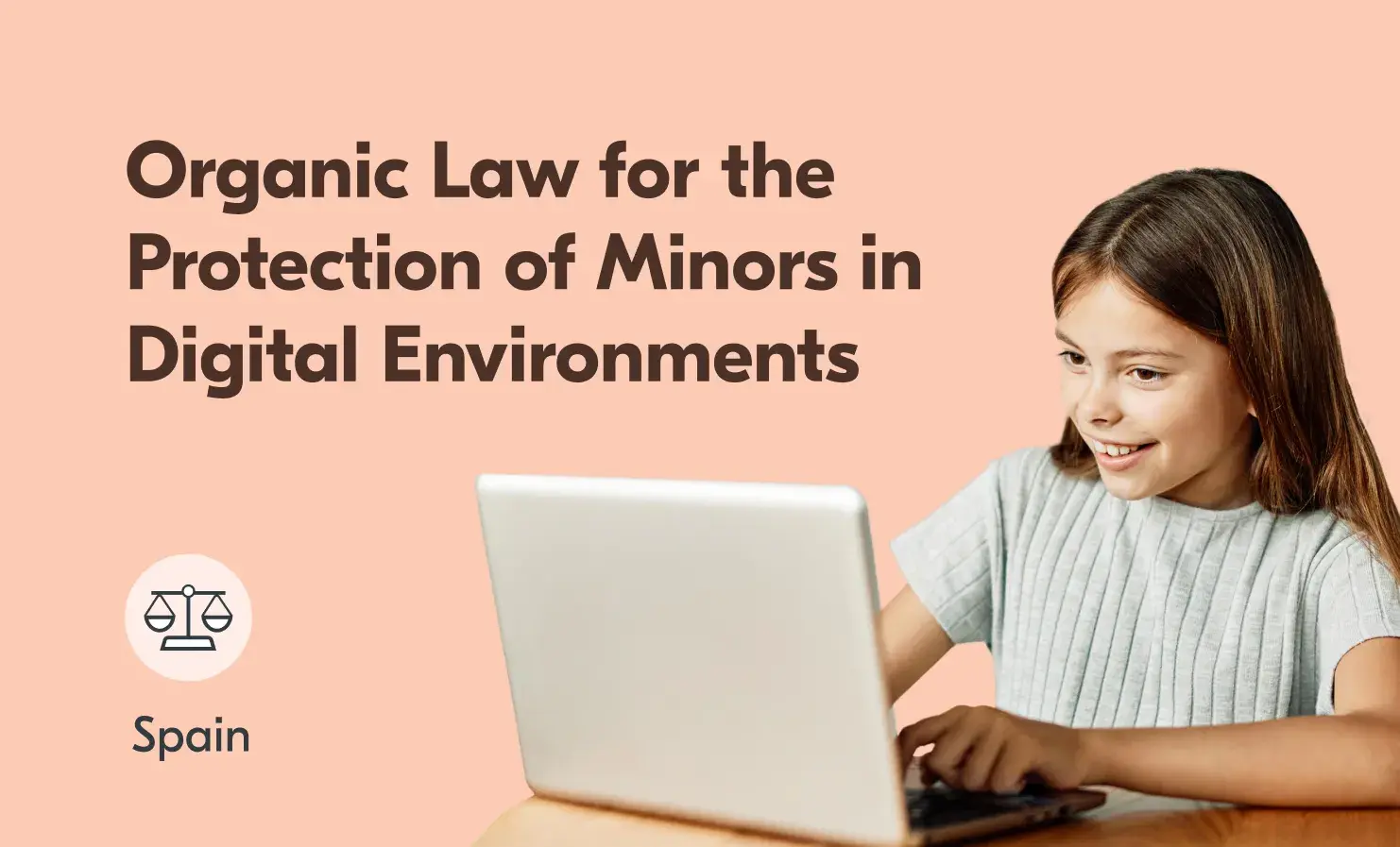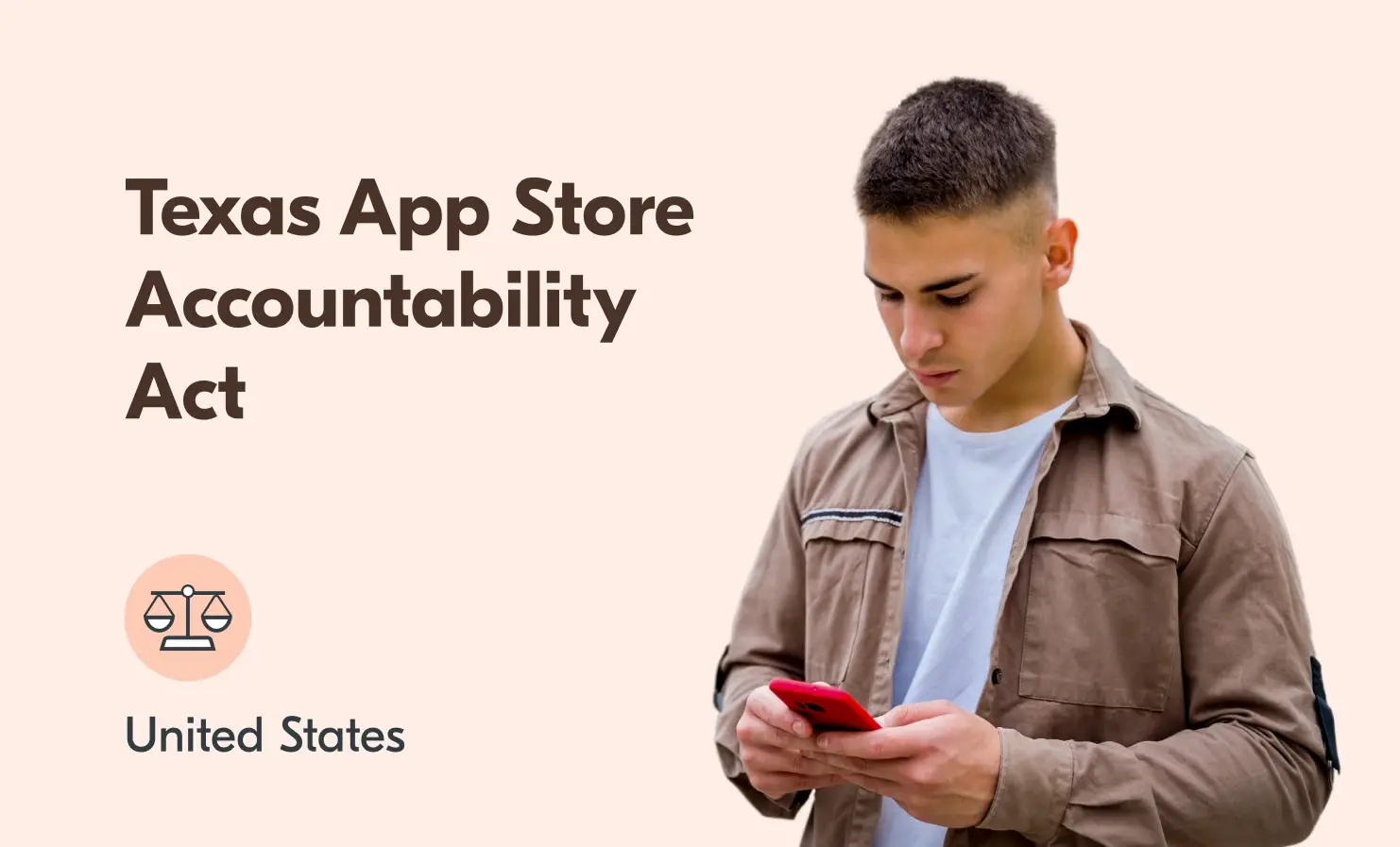Regulation
The Supreme Court rules in favour of age verification
The question of whether states can require age checks on adult websites has reached a turning point in the US courts. In Free Speech Coalition v. Paxton, the case challenged Texas’s H.B. 1181 law, which required commercial websites that publish sexually explicit content to verify the ages of their visitors to prevent minors from accessing pornography. One of the big discussion points has been whether, in 2025, it is still too burdensome for US adults to prove age privately compared to 20 years ago – especially when privacy-preserving age verification tools have advanced significantly. The Supreme Court has upheld
Ireland’s Online Safety Code: what it means for online platforms and how to comply
What you need to know: Ireland’s Online Safety Code will hold video-sharing platforms accountable for keeping their users, especially children, safe online. Platforms with adult content, including pornographic or extremely violent content, must use age assurance to prevent children from accessing the content. These age assurance requirements come into force in July 2025. Platforms that don’t comply can face strong penalties – up to €20 million or 10% of annual turnover. From July 2025, video-sharing platforms in Ireland with pornography or extremely violent content will need to introduce age assurance to protect children from accessing their content.
Understanding the UK’s new Data Act
The Data (Use and Access) Act, now known more simply as the “Data Act”, is a landmark piece of UK legislation that aims to reshape how individuals and businesses interact with digital data. It introduces provisions for a national digital identity trust framework, helping to foster trust in digital identities by ensuring that businesses adhere to strict standards during digital transactions. This blog gives an overview of the Data Act and what this means for digital identities in the UK. Why has the Government introduced the Data Act? The Government has said that the Act will “unlock the
Understanding age assurance in Spain's new online safety law
As digital technology continues to shape how people interact, communicate and consume content, protecting children online has become an increasingly urgent issue. Recognising this, the Spanish government has proposed the Organic Law for the Protection of Minors in Digital Environments. The law is now in its final stages of approval. While comparable initiatives such as the UK’s Online Safety Act and California’s Age-Appropriate Design Code exist in other jurisdictions, the Spanish law stands out for its broad scope and emphasis on enforceable age assurance, platform accountability and digital literacy. Its comprehensive framework places it among the leading examples of
Texas App Store Accountability Act: what it means for age assurance worldwide
The State of Texas has passed a landmark law – the App Store Accountability Act – that places legal responsibility for age checking squarely on app store operators. Utah was the first state to enact this type of legislation, now followed by Texas. This new regulatory shift has far-reaching implications for digital safety, privacy and innovation around the world. As an age assurance provider, we believe it’s critical to explain the significance of this development, highlight the practical challenges it raises, and offer a path forward that protects both users and platforms. One of the main weaknesses of this
Yoti responds to the Draft Statement of Strategic Priorities for online safety
Last week, the Department of Science, Innovation and Technology, published the final draft Strategic Priorities for online safety. We welcome the statement, which highlights the five areas the government believes should be prioritised for creating a safer online environment. These areas are: safety by design, transparency and accountability, agile regulation, inclusivity and resilience, and technology and innovation. These priorities will guide Ofcom as it enforces the Online Safety Act, ensuring platforms stay accountable and users are protected. We welcome this clear direction and commitment from the government to create safer online spaces. It’s positive that age assurance has been






